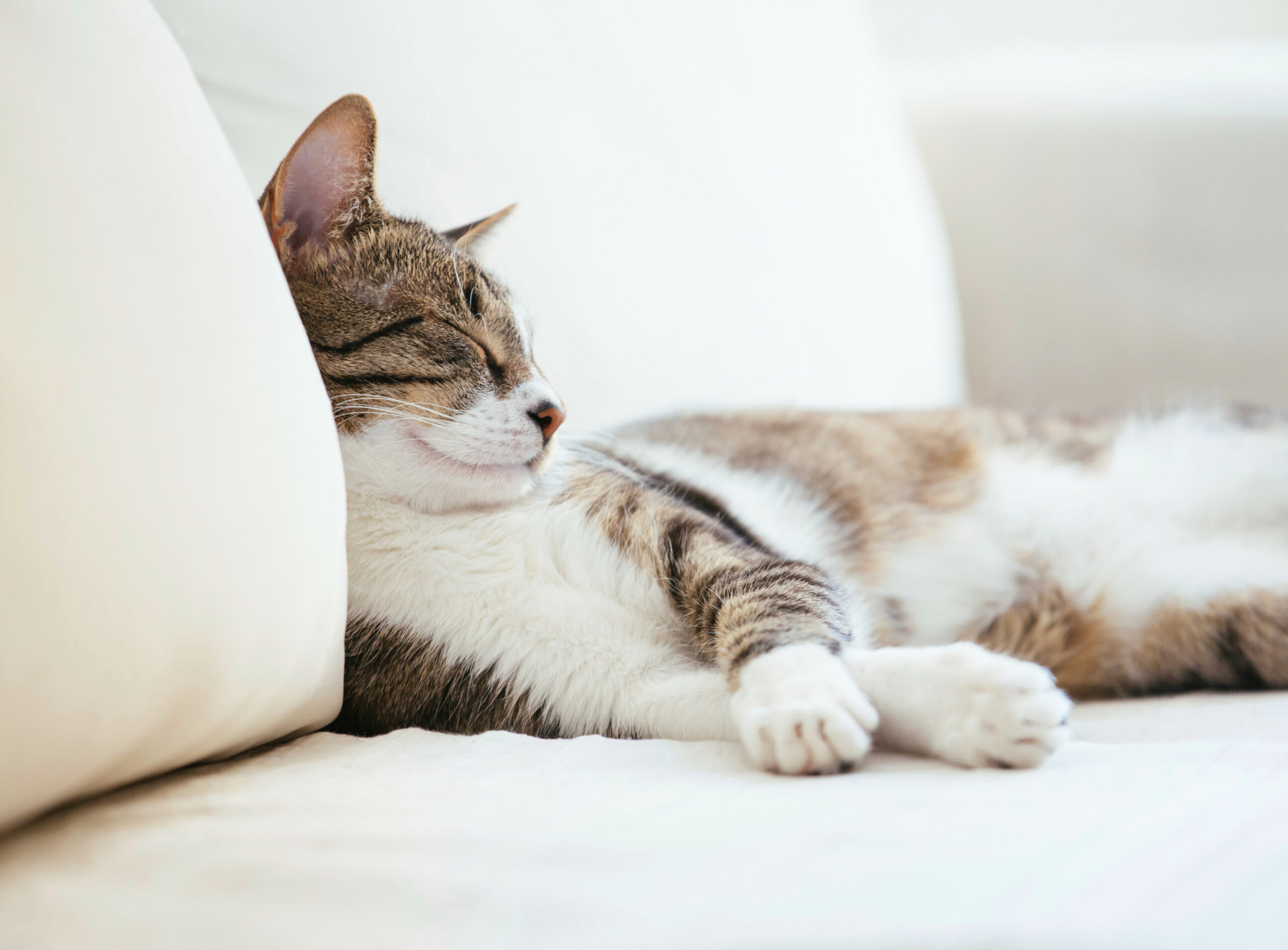A team of internationally recognized feline experts including veterinarians and feline scientists co-chaired by Dr Sarah Ellis from the University of Lincoln, U.K. and Dr Ilona Rodan, Director of Cat Care Clinic, Wisconsin, U.S.A. were invited by the International Society of Feline Medicine (ISFM) and the American Association of Feline Practitioners (AAFP) to compile guidelines for veterinarians, owners and those working with cats on how to meet the environmental needs of the domestic cat. The new guidelines appear in the Journal of Feline Medicine and Surgery, published by SAGE.
A cat’s level of comfort within its environment is intrinsically linked to its physical health, emotional well-being and behavior. Thus, meeting the environmental needs of the cat is an absolutely essential part of our care-taking role of this companion animal. The guidelines provide readers with a basic understanding of the cat’s species-specific environmental needs including how cats interact with their environment as well as providing practical based advice on how to meet these needs.
These are the 5 Pillars of a Healthy Feline Environment:
- A safe place
- Multiple and separated key environmental resources
- Opportunity for play and predatory behavior
- Positive, consistent and predictable human-cat social interaction
- An environment that respects the importance of the cat’s sense of smell
Co-chair Dr Ilona Rodan said “As a veterinary practitioner, I find these guidelines to be the support that we need to help prevent and even resolve many behavior problems. If we understand the cat and its needs, and educate our veterinary teams and clients about how to live with these beloved pets, we can keep cats healthier and happier.
Do you follow these five pillars?
Which ones do you consider to be the most important?
